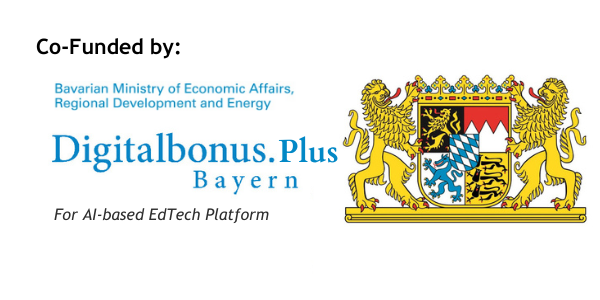Artificial Intelligence for Everyone – Easy to Understand
About Course
This course provides a comprehensive introduction to the fundamentals of Artificial Intelligence (AI), exploring key concepts, techniques, and practical applications. Participants will delve into the realm of AI, understanding its impact on various industries and gaining hands-on experience with prominent AI technologies, including OpenAI, Bing Image Creator, and Google Bard.
This course is designed for individuals with a basic understanding of programming and a curiosity about the field of Artificial Intelligence. It is suitable for professionals across various domains who want to explore the foundational concepts of AI and gain practical experience with leading AI technologies.
Basic programming knowledge (preferably in Python) is recommended. No prior experience in AI is required.
By the end of this course, participants will have a solid understanding of AI fundamentals and practical experience with key technologies, enabling them to embark on further exploration or integration of AI concepts into their respective fields.Whether participants are looking to kickstart a career in AI, enhance their technical expertise, or simply stay informed about the cutting-edge developments in the field, this course offers a well-rounded exploration of AI basics with a focus on hands-on experience and ethical considerations.
The course aims not only to empower participants with technical skills but also to equip them with the critical thinking necessary for navigating the ethical complexities surrounding AI.
Course Content
Introductory topics
- 09:00
Reduce AI Fear
04:13AI – Is it Software or Hardware
06:31AI Tools you need to know
05:02What are language models in AI
13:03Language Model Demo with a simple Chat
09:15What is a Linear regression model in AI
08:00What is NLP or Natural Language Processing
06:24What is Labelling in AI
04:32What is Generative AI
04:16What is Deep Learning
11:23What are AI Data Centers
What does training a model mean
13:34What are neural networks
06:53How Data is very important for AI
13:41
AI in many industries
What is Generative AI and AI terminologies
Practicals
Receive a certificate
Add this certificate to your resume to demonstrate your skills & increase your chances of getting noticed.

Student Ratings & Reviews








